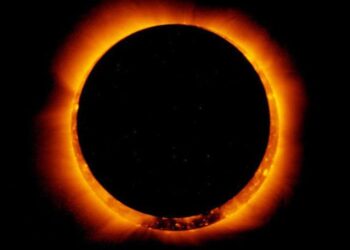
Scientists have different predictions on how the world might come to an end. One possibility is that global warming and climate change could cause severe problems, such as rising temperatures, changing weather patterns, and melting ice caps. These changes could have devastating effects on plants, animals, and everything that lives on Earth.
Another concern is the depletion of important resources like clean water, fossil fuels, and valuable minerals. If we fail to find sustainable ways to manage these resources, it could lead to conflicts between people and the collapse of societies.
The occurrence of another widespread and uncontrollable pandemic, similar to COVID-19, is also a potential threat. If such a disease emerges and we are unable to contain it, it could cause widespread illness and disrupt our way of life.
Natural disasters, such as large-scale asteroid impacts or the eruption of supervolcanoes, are also possibilities that could have catastrophic consequences. These events could cause massive explosions, earthquakes, tsunamis, and alter the climate, making it difficult for plants and animals to survive.
In a recent discovery, scientists observed a star consuming a planet for the first time. This event occurred between 10,000 and 15,000 years ago, near the Aquila constellation. The star, which had become significantly larger due to its old age, eventually swallowed the gas planet. This finding suggests that a similar fate might await Earth when our sun evolves into a red giant and engulfs the four planets closest to it.
Although scientists have speculated about stars eating planets in the past, this observation provides tangible evidence of such occurrences. It also raises the possibility that many other planets around different stars could experience the same fate over time, including those in our own solar system.
While some of these scenarios might seem terrifying, it’s important to remember that many of them are far in the future. For example, the predicted time for Earth’s possible consumption by the sun is estimated to be around 5 billion years from now. Nonetheless, these predictions highlight the importance of taking action now to mitigate the risks associated with climate change, resource depletion, and pandemics.











